On August 17, the Russian Federal Space Agency Roscosmos announced that the unmanned spacecraft Luna-25 had reached the lunar satellite's orbit and was preparing for a historic landing on the lunar south pole.
“All systems on Luna-25 are functioning normally, the connection to it is stable. The spacecraft is in the navigation phase preparing for landing,” Roscosmos said.
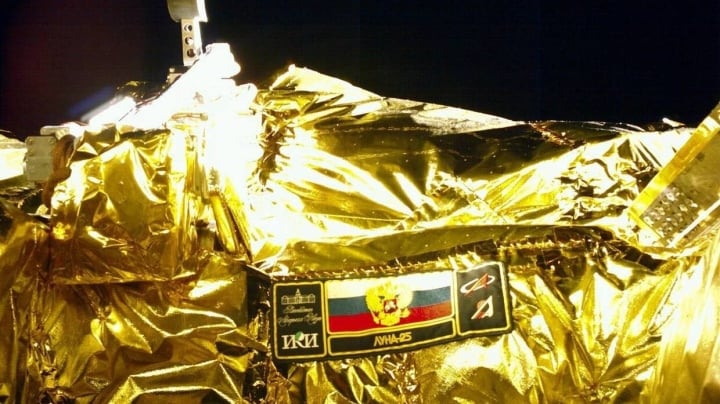
Images sent back from Luna-25 during its flight to the Moon. (Photo: Roscosmos)
Roscosmos also added that this space mission marks the first time in modern Russian history that an unmanned spacecraft has been sent to the Moon. According to the agency, a soft landing on the lunar surface is one of the main tasks of Luna-25, in addition to conducting scientific research on rocks and soil as well as searching for the existence of water on the Earth's natural satellite.
If the process goes according to plan, on August 21, Luna-25 will become the first lunar spacecraft in history to soft-land near the polar region where the terrain is difficult. All previous spacecraft that flew to the Moon landed in the equatorial region. The previous Russian spacecraft Luna-24 was launched to the Moon in 1976.
On August 11, Roscosmos successfully launched the Luna-25 spacecraft using a Soyuz 2.1b rocket from the Vostochny Cosmodrome in Russia's Far East. On August 13, Roscosmos announced that the spacecraft successfully turned on its probe module and began sending data back to Earth.
Luna-25, although Russia's first lunar exploration program, inherited the achievements of the Soviet-era Luna program, which launched a total of 24 probes to the Moon between 1958 and 1976.
Tra Khanh (Source: russian.rt.com)
Source








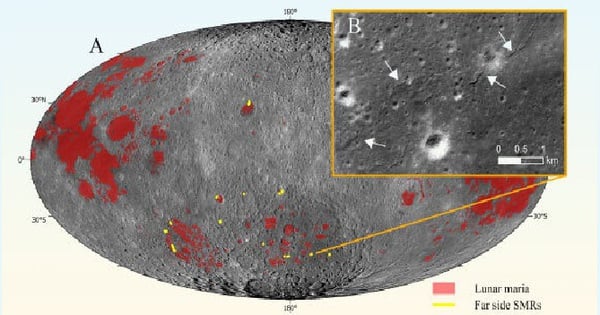

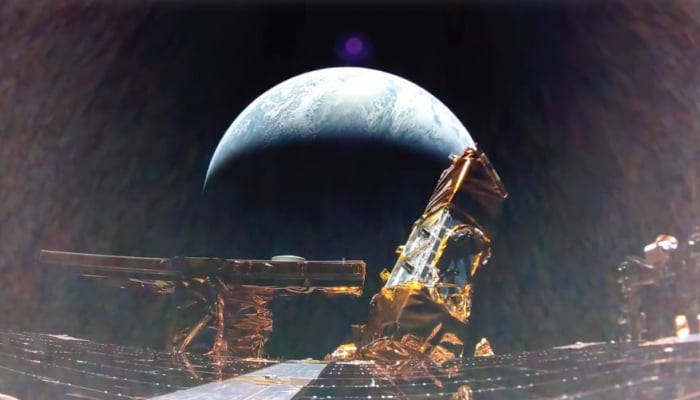



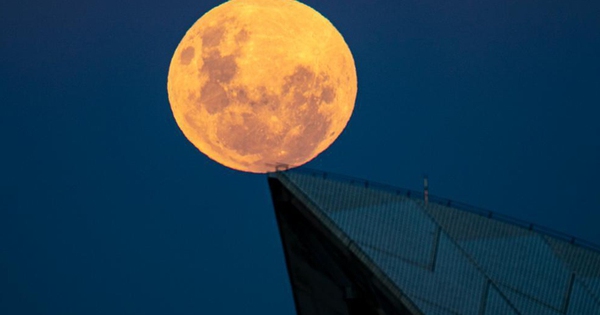
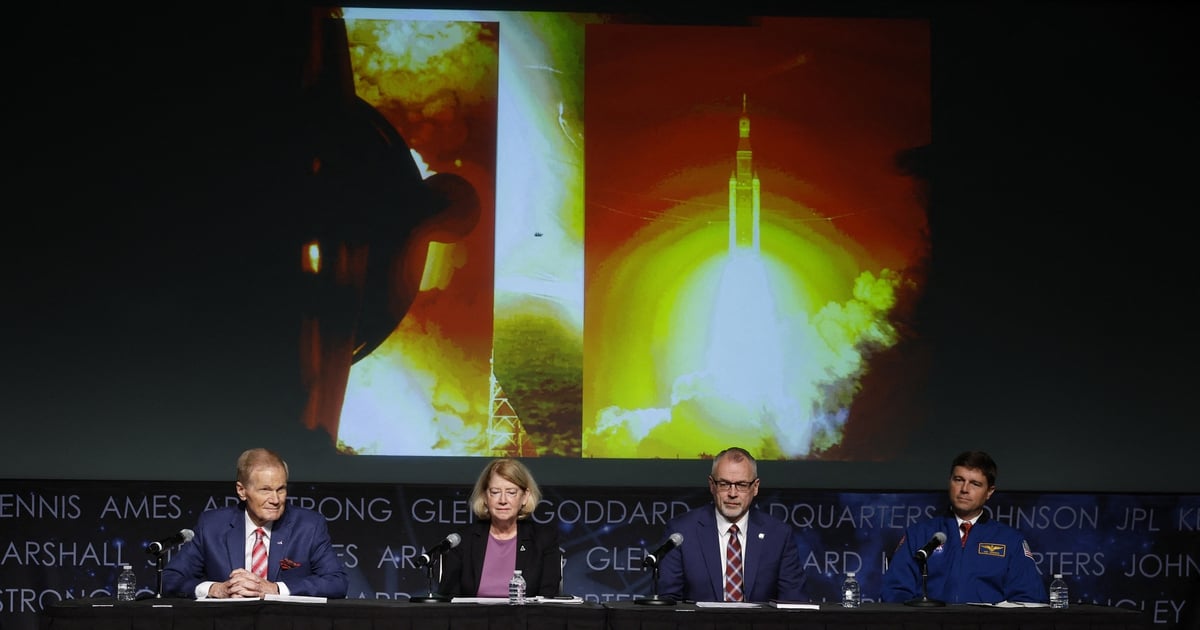

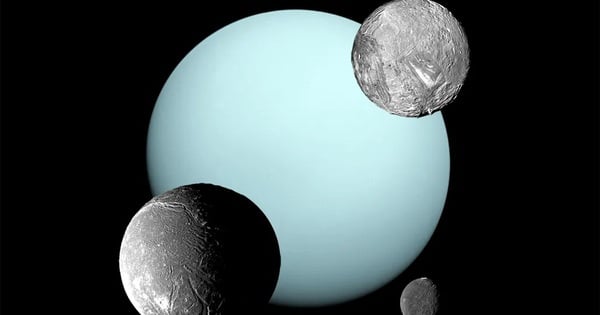
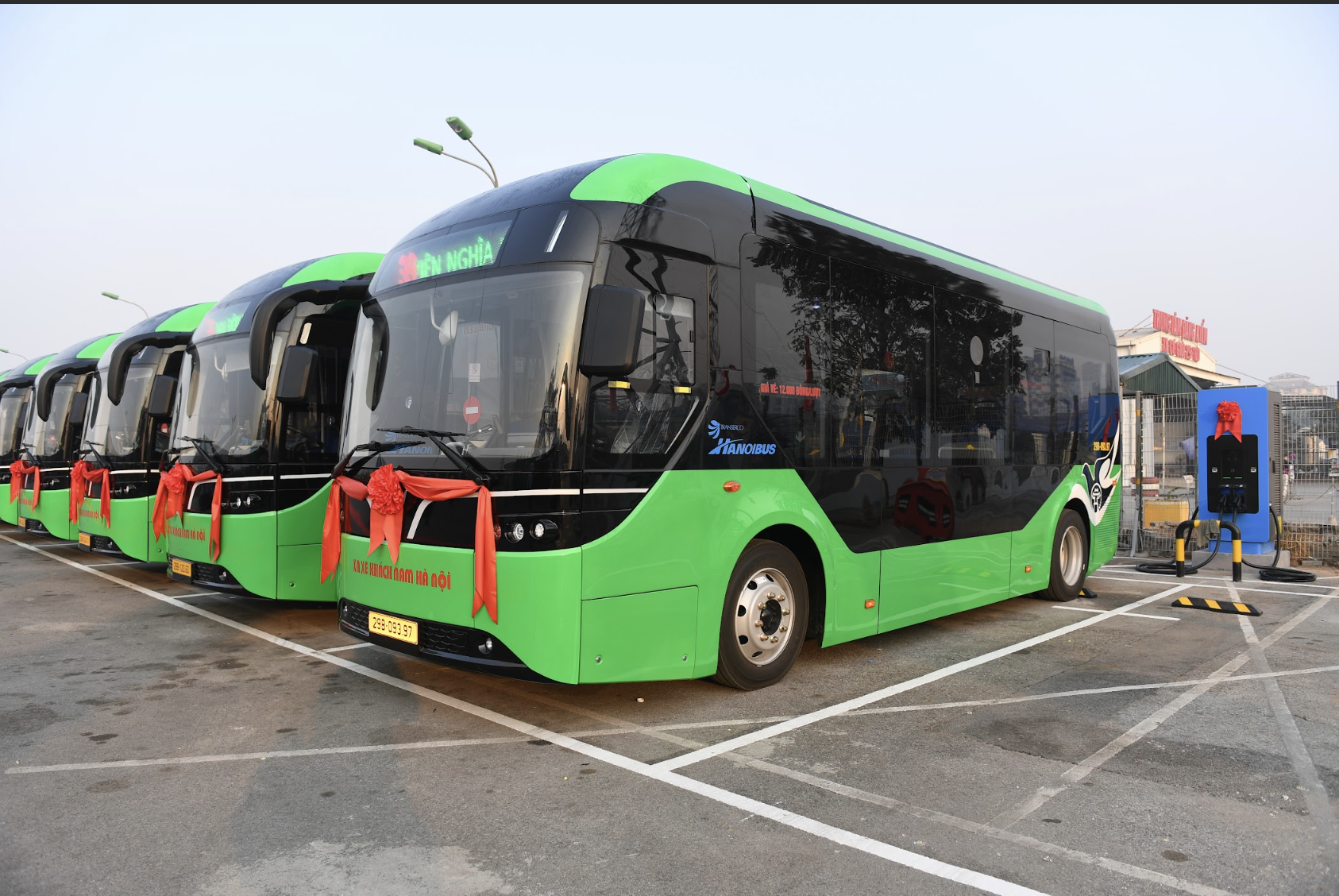

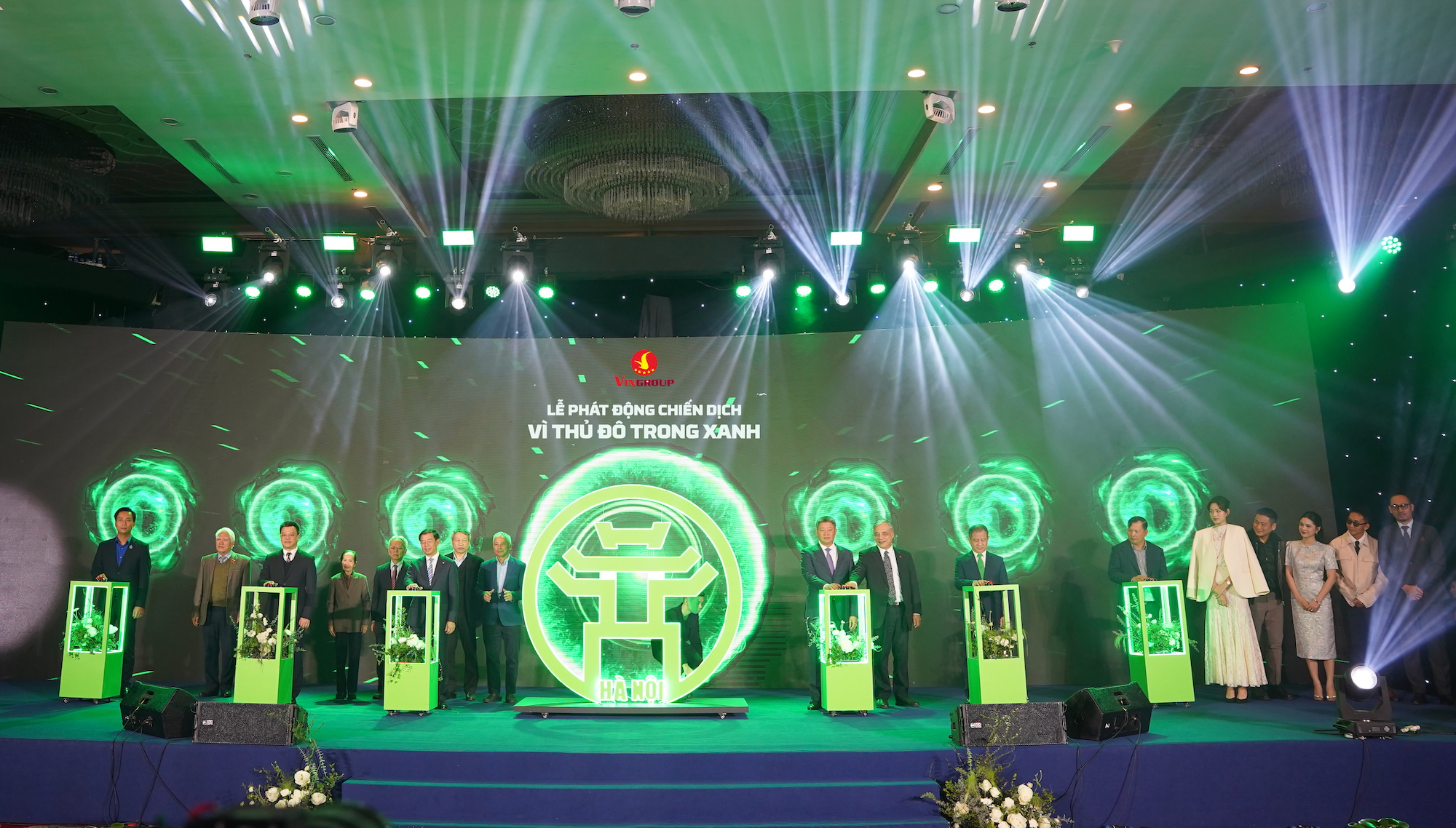



















![[Photo] Prime Minister Pham Minh Chinh chairs Government Conference with localities on economic growth](https://vstatic.vietnam.vn/vietnam/resource/IMAGE/2025/2/21/f34583484f2643a2a2b72168a0d64baa)
























































Comment (0)